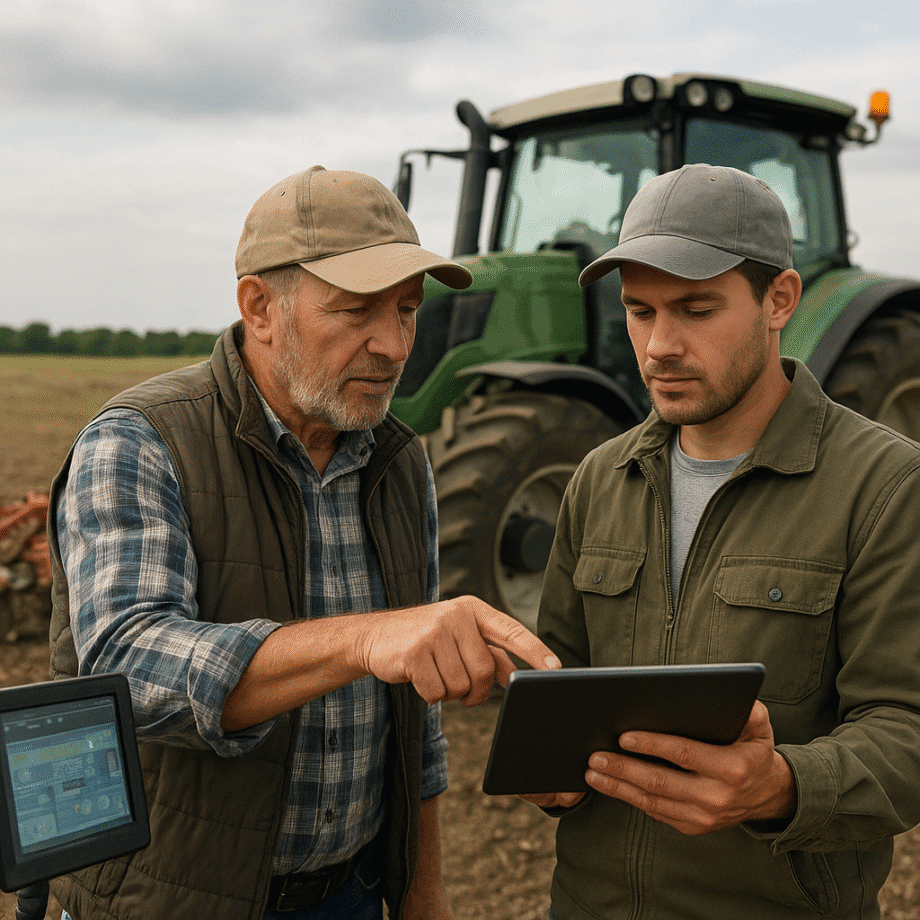Introducing advanced agricultural machinery into the field demands not only cutting-edge equipment but also a workforce skilled in operating and maintaining these innovative tools. By focusing on comprehensive training strategies, farm managers can ensure that workers leverage the full potential of modern implements, boosting both productivity and efficiency across all operations.
Importance of Modern Agricultural Machinery
The transition from traditional implements to state-of-the-art farm equipment hinges on understanding the capabilities that contemporary machines bring. Modern machinery offers features such as GPS guidance, variable rate application, real-time monitoring, and advanced sensors that optimize planting, irrigation, and harvesting. Properly introduced, these features can:
- Reduce input costs through precise resource allocation.
- Enhance crop yields by maintaining optimal field conditions.
- Minimize downtime via predictive maintenance alerts.
- Improve environmental stewardship with targeted chemical application.
However, without a well-structured training framework, the complexity of these systems can overwhelm operators, leading to underutilization or, worse, operational errors.
Crafting an Effective Training Program
Assessing Worker Skill Levels
Before rolling out new equipment, conduct a detailed skills audit. Identify each worker’s proficiency in areas such as mechanical literacy, data interpretation, and computer navigation. This baseline assessment enables trainers to tailor modules that address individual knowledge gaps.
Modular Curriculum Design
A modular approach breaks down the curriculum into manageable components:
- Introduction to Technology – Basic concepts, terminology, and user interfaces.
- Operational Procedures – Step-by-step guidance on starting, calibrating, and shutting down equipment.
- Safety Protocols – Emergency shutdown procedures, safe operating distances, and hazard identification.
- Data Management – Uploading field maps, downloading reports, and integrating with farm management software.
- Hands-On Practice – Supervised field sessions focusing on real-world scenarios.
Each module should include quizzes, interactive elements, and clear objectives to track progress. Encourage peer-to-peer learning by pairing experienced operators with newcomers.
Safety, Maintenance, and Troubleshooting
Ensuring safe and reliable operation requires a strong emphasis on maintenance routines and troubleshooting skills. Incorporate the following elements into your training plan:
- Daily Pre-Operation Checks – Tire pressure, fluid levels, sensor calibration, and software updates.
- Routine Maintenance – Lubrication schedules, filter replacements, and electrical system inspections.
- Troubleshooting Guides – Common error codes, resetting procedures, and communication protocols with technical support.
- Emergency Response – Steps to follow in case of hydraulic leaks, engine failures, or system malfunctions.
Regularly update training materials to reflect equipment upgrades and evolving safety regulations. Empower workers to perform basic diagnostics and escalate complex issues to specialized technicians.
Leveraging Data and Automation
The true value of smart farm equipment lies in its ability to collect and process data. Training should cover:
Interfacing with Farm Management Platforms
Operators must be comfortable uploading GPS field boundaries, downloading yield maps, and interpreting application reports. Teach them how to:
- Configure wireless data transmission between machines and central servers.
- Use dashboards to identify field variability and adjust machine settings accordingly.
- Export data for compliance, billing, or agronomic analysis.
Implementing Automated Workflows
From auto-steering to variable rate seeding, automation reduces human error and labor demands. Training modules should address:
- Calibration procedures for automatic guidance systems.
- Setting up prescription files for nutrient and pesticide application.
- Monitoring drone or robotic platforms for field scouting.
Familiarity with these functions ensures that operators fully exploit the automation capabilities embedded in the latest equipment.
Ongoing Support and Continuous Improvement
Training shouldn’t end once the initial program concludes. Establish a culture of continuous learning by providing:
- Access to online tutorials and video libraries.
- Regular refresher workshops when software or hardware updates are released.
- Mentorship programs that recognize top performers as peer trainers.
- Feedback channels for operators to suggest improvements or report persistent challenges.
By maintaining an open dialogue, farm managers can adapt training content to evolving machinery features and field conditions, ensuring long-term success and full integration of innovative tools into daily operations.
Building a Skilled and Confident Workforce
Strategic training programs bridge the gap between complex equipment and empowered operators. Fostering technical competence and safety awareness not only maximizes return on investment but also cultivates job satisfaction and reliability. As farms worldwide adopt new technologies and digital solutions, the emphasis on structured learning pathways becomes ever more critical to achieving sustained growth and robust performance.
